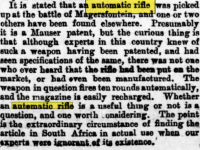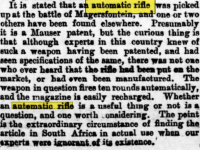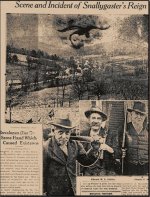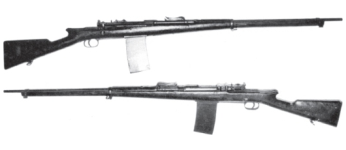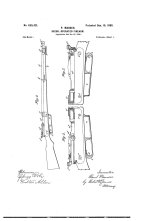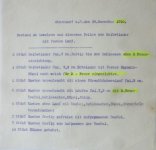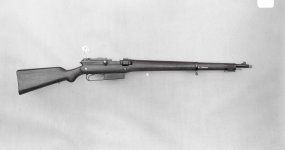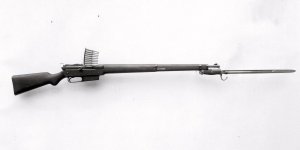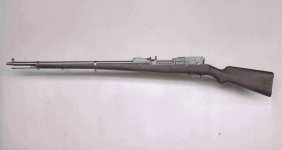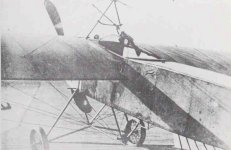Paul Mauser tried some seventeen rifle designs during the period 1898-1914.
According to known sources such as Rough Forged and Mauser Pistolen, his (semi) automatic rifle development could be divided into five stages:
1. C98, short recoil+flapper lock
2. C02, long recoil+rotary bolt
3. C06, short recoil+“seesaw” swinging bolt
4. C06/08, short recoil+flapper lock
5. Modell 1908? fixed barrel, inertia delayed blowback (the most representative model is FSK.16)
However, I just saw a paragraph from a 1903 newspaper mentioning a previously unknown rifle called “Mauser 00”.
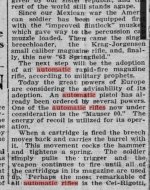
Source: https://chroniclingamerica.loc.gov/...ext=&andtext=&dateFilterType=yearRange&page=1
According to the description below, it could fire fully-automatically!
Does anyone have a photo of this “1900” rifle? Is there a record of this rifle from Mauser Oberndorf’s archives?
According to known sources such as Rough Forged and Mauser Pistolen, his (semi) automatic rifle development could be divided into five stages:
1. C98, short recoil+flapper lock
2. C02, long recoil+rotary bolt
3. C06, short recoil+“seesaw” swinging bolt
4. C06/08, short recoil+flapper lock
5. Modell 1908? fixed barrel, inertia delayed blowback (the most representative model is FSK.16)
However, I just saw a paragraph from a 1903 newspaper mentioning a previously unknown rifle called “Mauser 00”.

Source: https://chroniclingamerica.loc.gov/...ext=&andtext=&dateFilterType=yearRange&page=1
According to the description below, it could fire fully-automatically!
Does anyone have a photo of this “1900” rifle? Is there a record of this rifle from Mauser Oberndorf’s archives?

